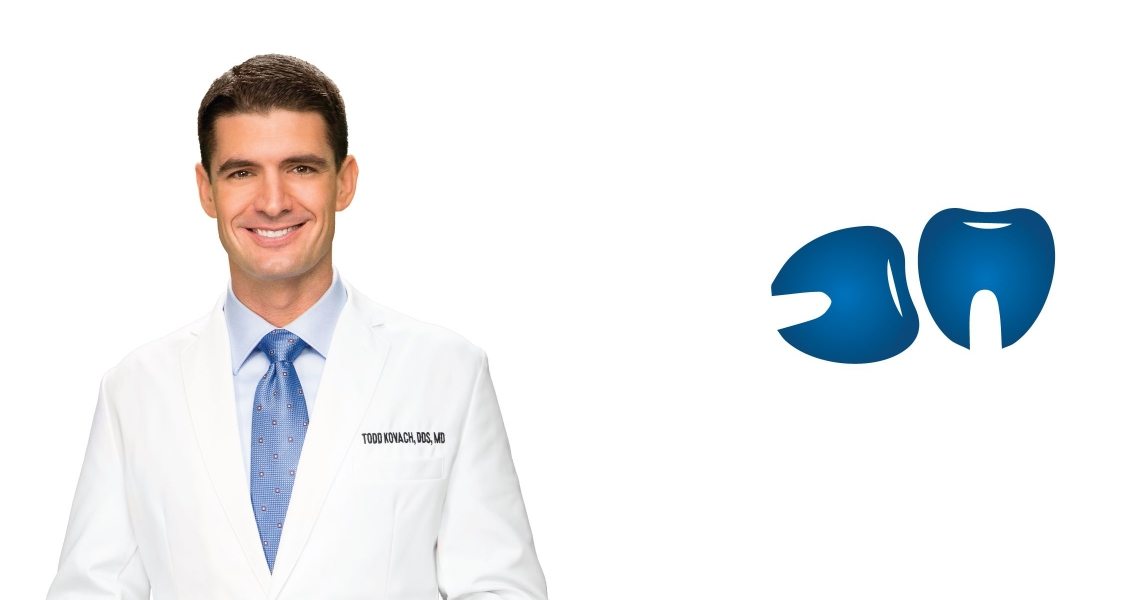As teeth are growing into their positions, they can sometimes become blocked or trapped behind the gums. Teeth that become trapped beneath the gums, partially or completely, are called impacted teeth. The canines, which are the eye teeth that rest on either side of your four front teeth, are very important to the development of your entire dental arch, but they have a tendency to become impacted more often than other teeth. When this happens, Dr. Kovach at Trinity River Oral Surgery & Dental Implant Center can work together with you and your orthodontist to expose impacted teeth and guide them into position.
Why do canines become impacted?
A few different conditions can cause a tooth to become impacted, and sometimes the exact cause of impaction isn’t always clear. A few of the most common causes of impacted canines include
- Overcrowded teeth (not enough space for canines to erupt)
- Baby teeth not falling out at the proper time
- Cysts or growths blocking the eruption path
Many of these conditions can be caught early through preventive steps, such as regular dental visits every six months, especially throughout childhood and adolescence.
How are impacted canines treated?
The treatment plan for impacted canines can vary depending on the development stage of the teeth, the reason for impaction, and the health history of the patient. Below are descriptions of treatment options for each situation.
- If the impacted canines are addressed before the roots have developed (usually before age 12), sometimes clearing the growth path will allow the canines to come in. Moving teeth with braces or extracting overdue baby teeth may be enough to allow the teeth to grow in on their own in these situations.
- When the roots of the canines have become more fully developed, the teeth may not be able to erupt on their own, even if the path is clear. In these situations, a procedure called expose and bond is usually performed to guide the teeth into position. Your oral surgeon will work with your orthodontist to perform the exposure and bonding treatment. First, the growth track will be cleared with braces. Then, the oral surgeon will expose the teeth and attach a tiny bracket and chain to each one (using a bonding agent — hence the name exposure and bonding). This bracket and chain will be used with your existing braces to pull the canines gently into position.
- If the canines have fully developed beneath the gums and the patient is well into adulthood, the canines probably won’t ever come into proper position, even with exposure and bonding treatment. In these cases, oral surgeons can extract the impacted teeth to prevent infections and other problems. Once the teeth are extracted, they can be replaced with dental implants, which will look and feel just like natural adult canine teeth.
Impacted Canine Treatment in Willow Park, TX
If you or your child needs treatment for impacted canines, our oral surgeons are here to help. Dr. Kovach has years of experience treating patients of all ages, and he will be happy to help you form a treatment plan during your consultation appointment. Contact Trinity River Oral Surgery & Dental Implant Center in Willow Park, TX, at (817) 441-5000 to learn more or schedule an appointment today.




